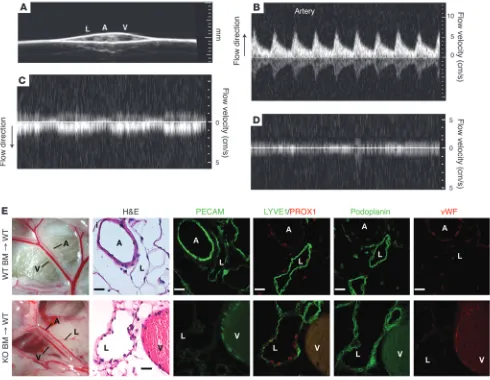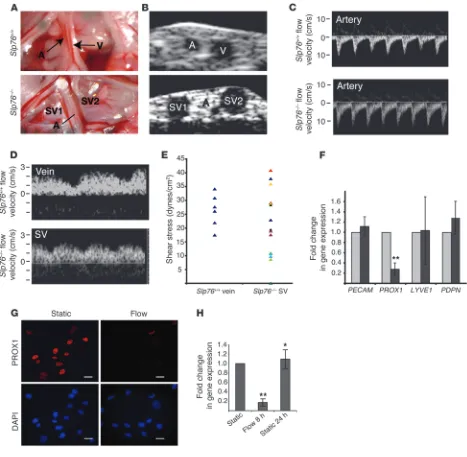Blood flow reprograms lymphatic vessels to blood vessels
Full text
Figure
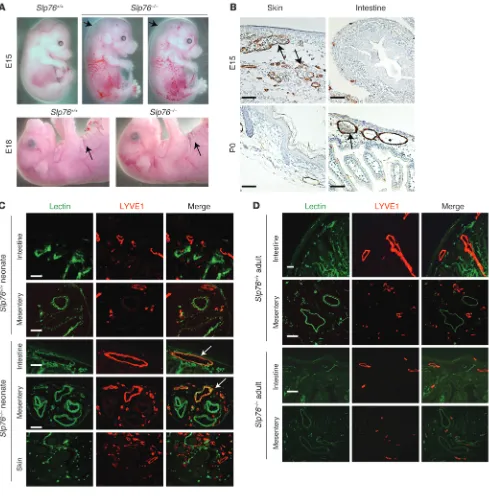
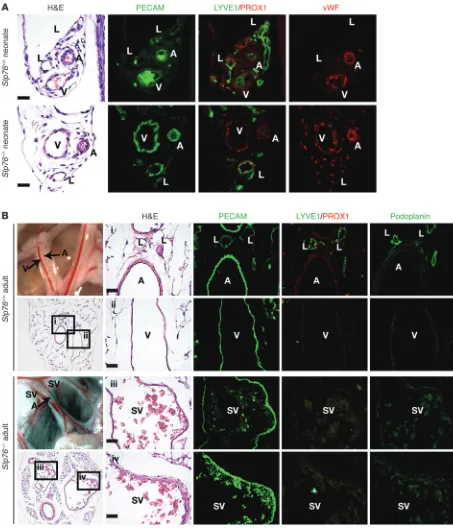
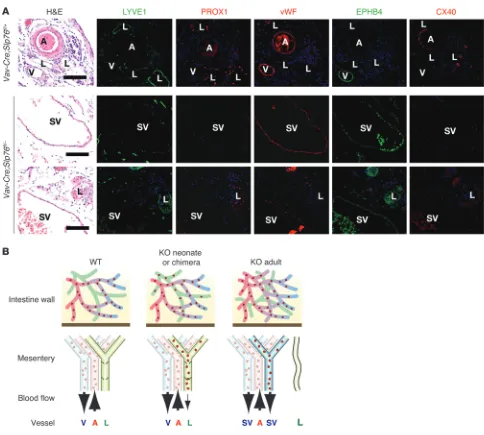
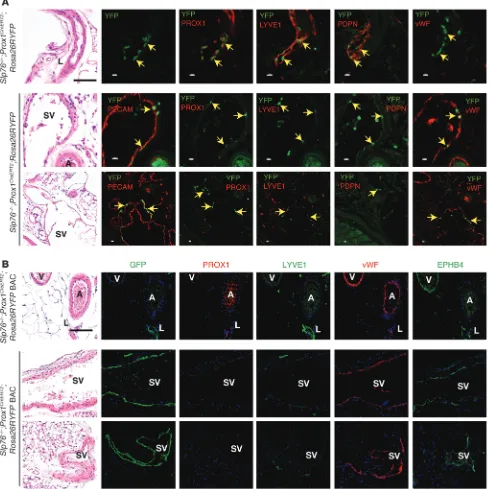
Related documents
solid was then subjected to reduction with Polygonum minus leaf aqueous extract under optimized conditions, resulted in the anchoring of Au(0) nanoparticles on
In contrast to the results for the stroke survivors’ knee joint moment, where there was severe swing time asymmetry, the stroke survivors with less severe swing time
The aim of this review is to assess studies about impacts of anthropogenic LU changes on levels of nutrient concentrations in surface waterbodies, highlighting the important
Recent research carried out by Pemberton and Scullion (2010) in the health and social care sector highlighted ongoing skills shortages in the NHS, particularly
David Root University of Cape Town, South Africa Kathy Roper Georgia Institute of Technology, USA Steve Rowlinson University of Hong Kong, Hong Kong Paul Royston Nottingham
Achieving this aim, this paper discusses the development of a framework to assess a custom built VRE, the Virtual Envi- ronment for Built Environment Research - VE- BER developed as
Current-to-Voltage (I−V ) and Voltage- to-Current (V − I) converters play an important role as interface/measurement elements in current-mode mixed signal
